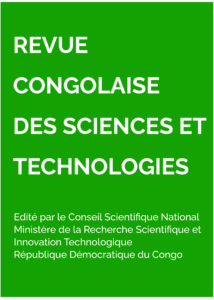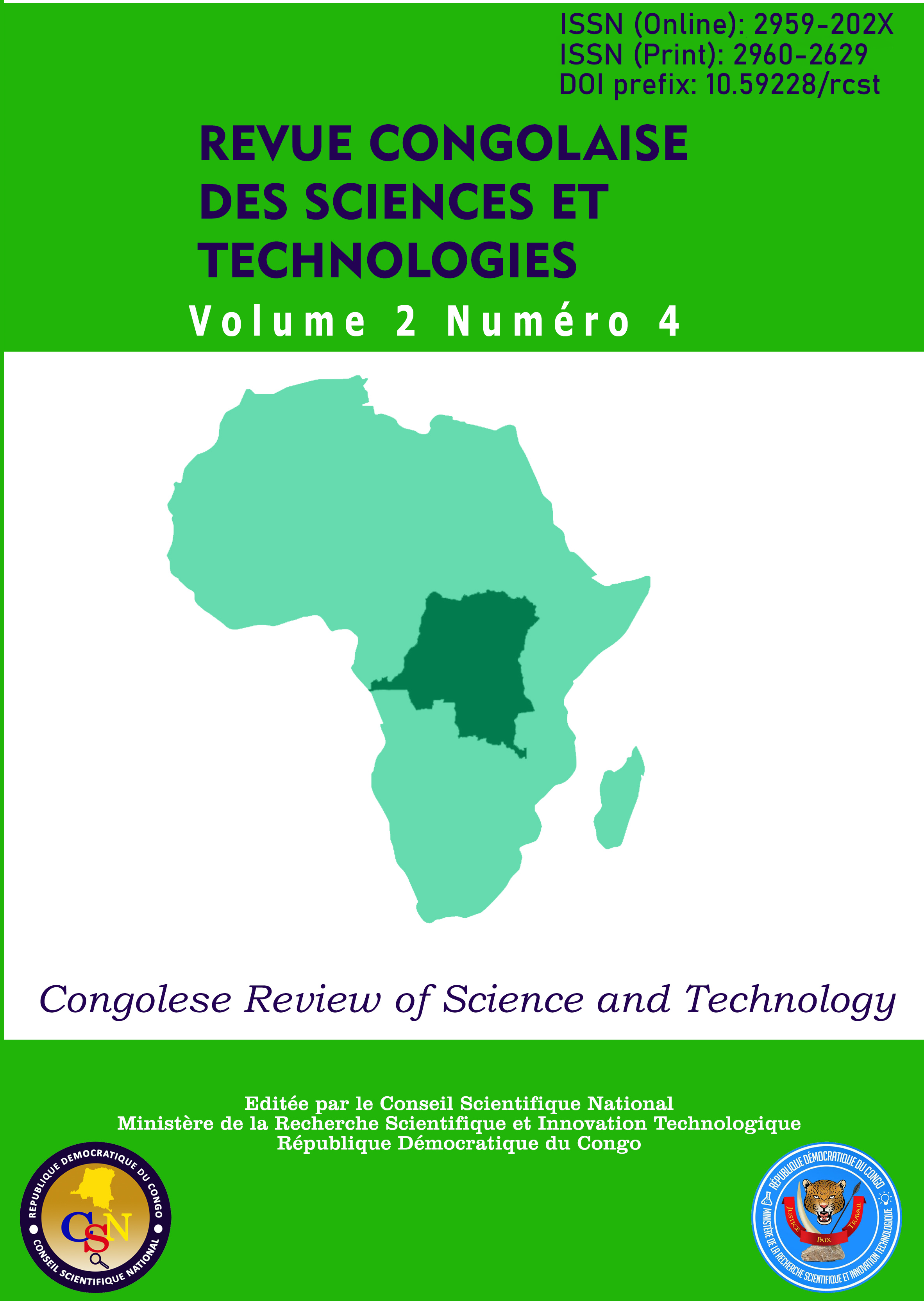[Effectiveness of diplomacy in the pre-colonial period and resolution of the Rwandan-Congolese conflict: Possible solutions
Main Article Content
Abstract
The practices of the diplomacy are older than the colonial penetration in Africa, particularly in Democratic Republic of
Congo. They appeared through the great sets in particular the empires and the kingdoms.These practices were remarkable in
the friendly relations of the empires Lunda, Luba and of the kingdoms Kongo and Kuba to quote only these. They were in the
center of a whole network of the diplomatic relations. Thus, pharaonic Egypt, according to Edmond Jouves, did not live in
closed mud. It maintained the relationship with other States. In same optics Ramses II and the King of Hittites signed the
treaty known in the past under the name of Perle. How did diplomatic mechanisms influence the management of tensions
between these two entities before colonization? This is the main question? The object of our study is explained by the
existence of the elements of the diplomacy in preetatic period, so that in the event of effectiveness, they can constitute a plate
of the modern diplomacy related to the regulation of the conflicts interetatic. We chose the historical method which will be
supplemented by the documentary technique. In Africa, before colonization, the empires and the kingdoms were preetatic
politico-administrative entities marked by the dialogue, the negotiation, the mediation, barters and even by the civil war enter
them to the case of non-observance of the concluded rules. Therefore, we questioned ourselves on the past for better
including/understanding the present and arming themselves for facing the future well.
Article Details

This work is licensed under a Creative Commons Attribution-NonCommercial-ShareAlike 4.0 International License.
References
ASADHO. (2023). Rapport trimestriel. Inédit.
Biyoya, P. (2014). La spirale de guerre de l’Est de
la République Démocratique du Congo.
Kinshasa, IPRIS.
Kadony, K. (2007). Une introduction aux relations
Internationales africaines. Paris,
L’Harmattan.
Kilomba, A. (2015). La CIRGL et le règlement des
différends dans la région des grands lacs : cas
de la rébellion du M23 in revue québécoise de
droit international. Inédit.
Lianza, J.P. (2021). Diplomatie traditionnelle chez le
Lunda, Lega et Ngombe en R.D. Congo.
Efficacité et opérationnalité. Paris, L’
Harmattan.
Lianza, J.P. (2021). Théories et doctrines des
relations internationals. Kinshasa, Edition
Feu Torrent.
Lisimo, A. (2022). Apport du Comité International
de la Croix-Rouge à la paix dans la province
orientale en République Démocratique du
Congo : Etude menée de 2003 à 2009. Revue
Congolaise des Sciences et Technologies,
(1), 46-54.
Luamba. (2007). Cour Pénale Internationale,
Tribunaux pénaux internationaux, Tribunaux
pénaux nationaux. Paris, L’Harmattan.
Matthieu, P. & William, J.C. (1999). Conflit et
guerre au Kivu et dans la région de Grands
Lacs. Paris, L’Harmattan.
Mulumbati, A. (2006). Introduction à la science
politique. Lubumbashi, Edition Africa.
Munzihirwa. (1989). Tradition culture et
développement économique. Zaïre Afrique,
, 583.
Ndaywel. (1998). Histoire générale du Congo, De
l’héritage ancien à la République
Démocratique du Congo. Bruxelles, Edition
Duculot.
Saint Moulin, L. (1983). Panorama de l’histoire
contemporaine. Kinshasa, Edition de la
Commission Episcopale de l’Education
Chrétienne.
Tshimanga. (1976). Histoire du Zaïre. Bukavu,
Edition CERUKI.
Vansina, J. (1964). Les valeurs culturelles des
bushing. Zaïre Afrique, 8, 889-910.
Vansina, J. (1965). Introduction à l’ethnographie du
Congo. Kinshasa, Edition Universitaire du
Congo.

